
KINGREAL UNIVERSAL IND., LTD
Phone
+86-13702855825TPE injection molding is a common plastic injection molding process. The seven factors to be considered before setting up the TPE injection moulding process include shrinkage, fluidity, crystallinity, thermosensitive plastics and easily hydrolyzed plastics, stress cracking and melt fracture, thermal properties and cooling speed, and hygroscopicity. Especially for those who are new to TPE materials, you need to consult your material supplier for relevant information. In this article, KRMOLD will explain in detail the seven factors that need to be considered before setting up TPE injection molding. If you have a need for TPE injection mould, welcome to consult KRMOLD! | 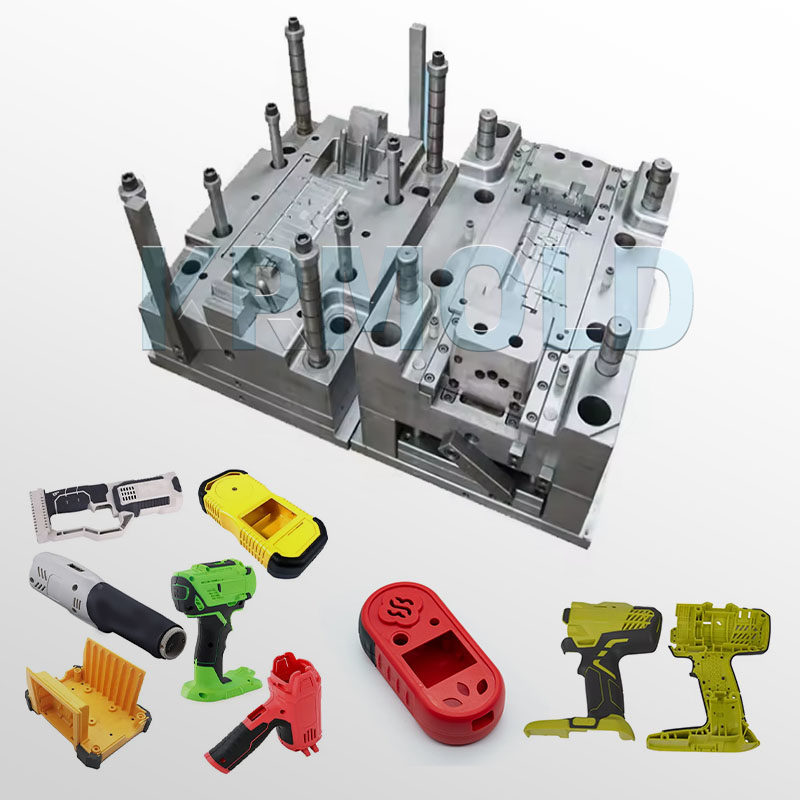 |
| 1 | Shrinkage |
| 2 | Fluidity |
| 3 | Crystallinity |
| 4 | Thermosensitive and easily hydrolyzed plastics |
| 5 | Stress cracking and melt fracture |
| 6 | Thermal properties and cooling speed |
| 7 | Hygroscopicity |
1. Shrinkage
The shrinkage of thermoplastic TPE Injection Molding is affected by many factors:
Material properties: Crystalline plastics (such as PA) have a higher shrinkage rate than non-crystalline plastics (such as PC) due to large volume changes and strong residual stress, and the directionality is obvious.
Plastic part structure: The thicker the wall thickness, the slower the cooling, the thicker the high-density layer, the greater the shrinkage; the insert layout affects the material flow direction and shrinkage resistance.
Process parameters: high TPE injection mould temperature leads to slow cooling and large shrinkage (especially for crystalline materials); high holding pressure and long time can reduce shrinkage but increase directionality; high injection pressure and high material temperature will slightly reduce shrinkage but weak directionality.
When designing the TPE injection mould, it is necessary to estimate the shrinkage rate of each part based on the material shrinkage range, plastic part wall thickness and feed port characteristics. For high-precision plastic parts, it is recommended to use "small shrinkage rate for outer diameter and large shrinkage rate for inner diameter" to reserve correction space, and adjust the pouring system, process conditions (such as mold temperature and pressure) and post-processing dimension verification through trial molds, and finally correct the TPE injection mould.
2. Fluidity
The fluidity can be judged by indicators such as melt index and spiral flow length. It can be divided into three categories according to commonly used plastics:
Good fluidity: PA, PE, PP, etc.;
Medium fluidity: ABS, PMMA, POM, etc.;
Poor fluidity: PC, hard PVC, polysulfone, etc.
Fluidity is affected by temperature, pressure and TPE injection mould structure:
Temperature: PS, PP, etc. are sensitive to temperature, while PE and POM are less affected;
Pressure: PE and POM are sensitive to pressure and can be controlled by adjusting pressure;
Mold structure: When the melt temperature is reduced or the resistance is increased due to the resistance of the pouring system and the finish of the cavity, the fluidity decreases. When designing, it is necessary to select the structure to match the material fluidity, and adjust the material temperature, pressure and other parameters to fill during TPE Injection Molding.
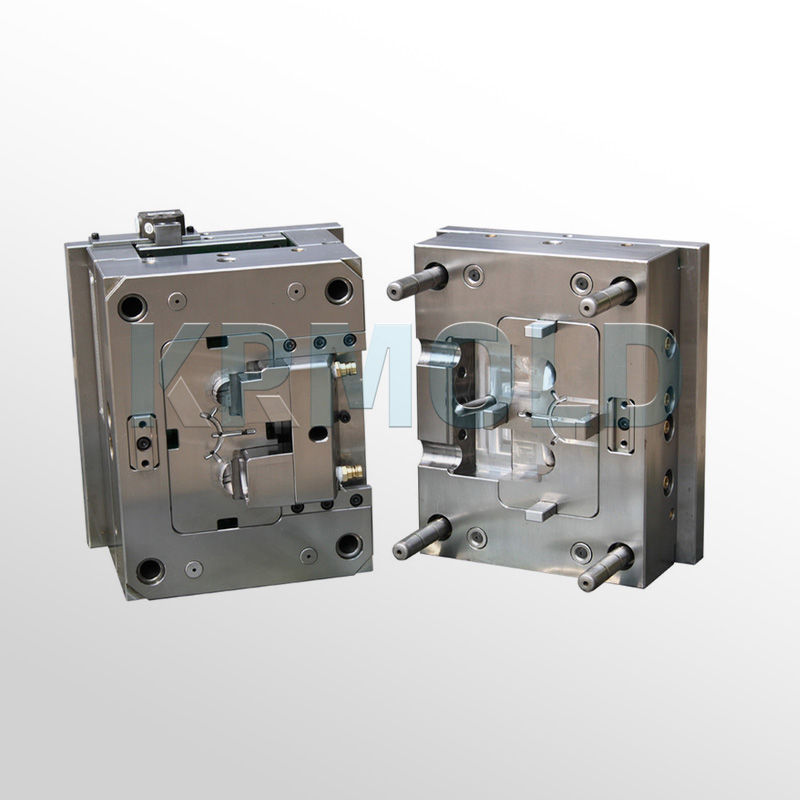
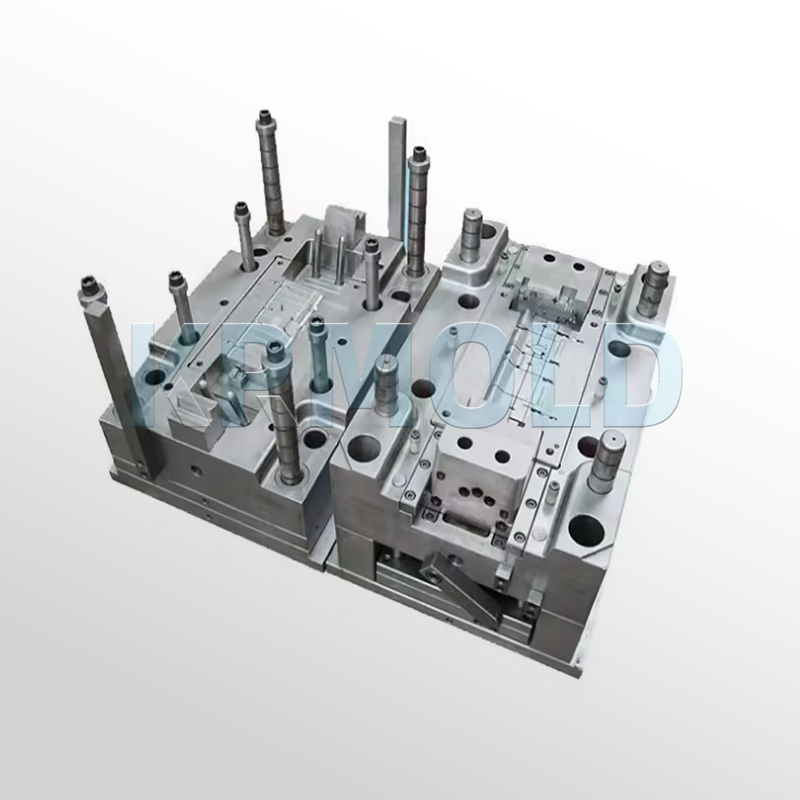
3. Crystallinity
Plastics are divided into crystalline type (such as POM) and non-crystalline type (such as PMMA) according to whether they are crystallized during condensation. The crystallization phenomenon refers to the process of molten molecules from disorder to orderly arrangement, which can be preliminarily judged by the transparency of thick-walled plastic parts (crystalline type is mostly opaque, non-crystalline type is mostly transparent, but there are exceptions).
Attention should be paid to TPE injection mould design:
Crystallized materials need strong plasticizing ability and sufficient cooling;
The difference in specific gravity between molten and solid is large, shrinkage is large and shrinkage holes are easy to occur;
Wall thickness affects crystallinity (thick walls cool slowly, crystallinity is high, shrinkage is large);
Anisotropy is significant, and TPE injection mould temperature needs to be controlled to reduce deformation.
4. Thermosensitive and easily hydrolyzed plastics
Thermosensitive plastics (such as hard PVC, POM): easily decomposed under high temperature or shearing, producing corrosive gases. It is necessary to use a screw machine, a large-section casting system, chrome-plated molds/barrels to prevent material stagnation, strictly control the temperature and add stabilizers.
Easily hydrolyzed plastics (such as PC): easily decomposed under high temperature and high pressure when containing trace moisture, and need to be dried in advance.
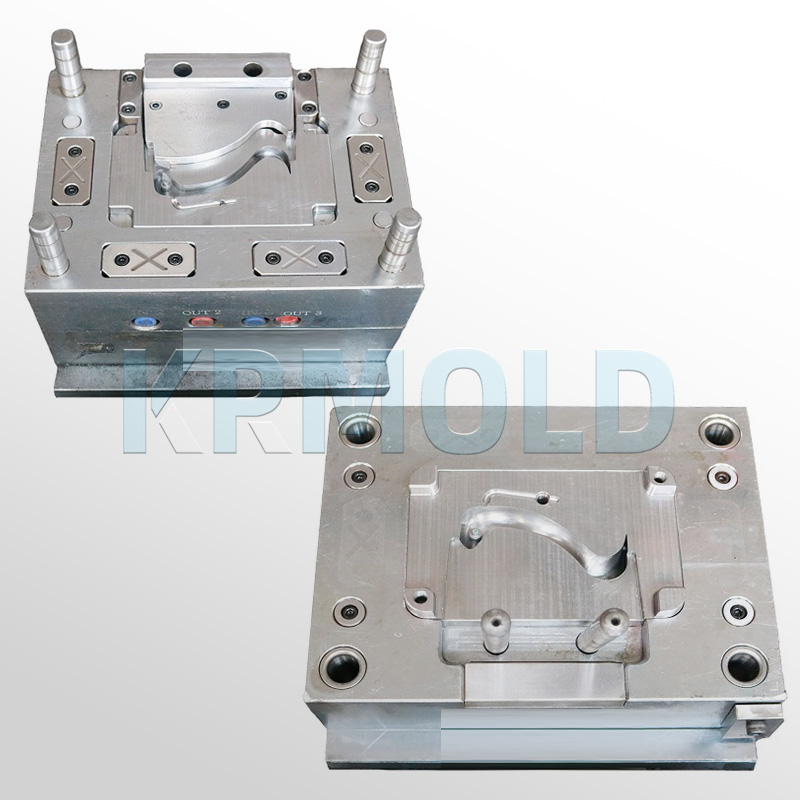
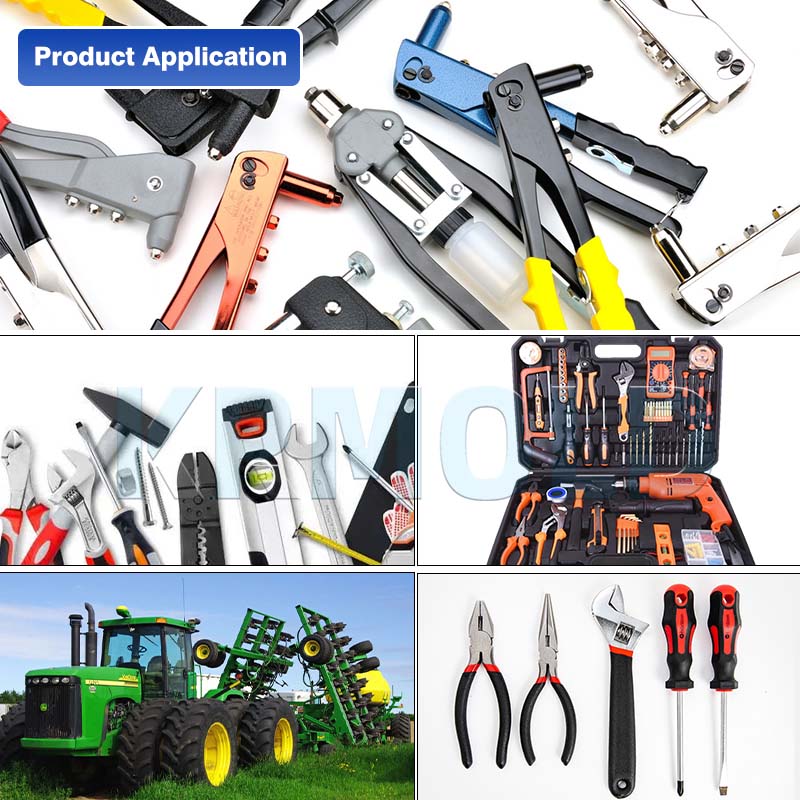
5. Stress cracking and melt fracture
Stress cracking: sensitive plastics have large internal stress during TPE Injection Molding and are easily cracked by external forces or solvents. It is necessary to dry the raw materials, optimize the process (adjust the material temperature/mold temperature/pressure), design a reasonable structure (reduce inserts, increase the demoulding slope), eliminate internal stress after molding, and avoid contact with solvents.
Melt fracture: The surface of high melt flow rate materials cracks horizontally when the flow rate is too fast. It is necessary to increase the nozzle/runner section, reduce the injection speed, and increase the material temperature.
6. Thermal properties and cooling speed
The thermal properties of plastics (specific heat, thermal conductivity, heat deformation temperature) affectTPE Injection Molding:
High specific heat requires a TPE Injection Molding machine with strong plasticizing ability;
High heat deformation temperature can shorten the cooling time, but deformation after demolding is required;
Low thermal conductivity (such as ion polymers) requires sufficient cooling and TPE injection mould cooling is strengthened;
Hot runner molds are suitable for plastics with low specific heat and high thermal conductivity.
The TPE injection mould need to be equipped with a heating/cooling system to control the TPE injection mould temperature: cooling to prevent deformation when the material temperature rises; heating to maintain the mold temperature when the residual heat is insufficient to ensure fluidity and filling; alternating heating/cooling is required when the fluidity is good and the TPE Injection Molding area is large to avoid temperature differences between the inside and outside of thick-walled plastic parts.
7. Hygroscopicity
Plastics are divided into two categories according to their hygroscopicity: hygroscopic/adherent to moisture (such as PA) and non-hygroscopic (such as PE). The moisture content of hygroscopic materials needs to be strictly controlled, otherwise hydrolysis under high temperature and high pressure will cause blistering and performance degradation. Preheating and drying are required to prevent re-absorption of moisture during TPE Injection Molding.